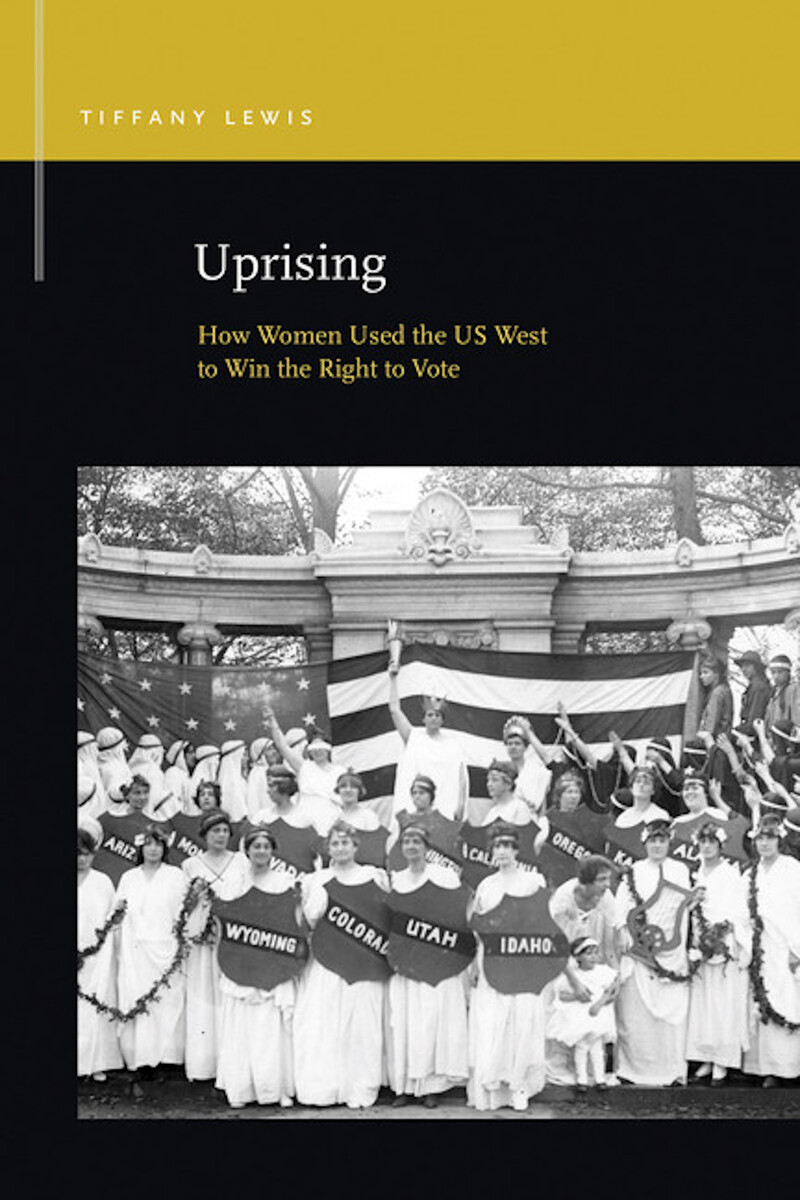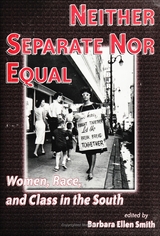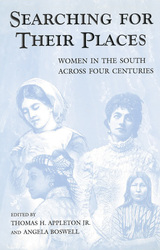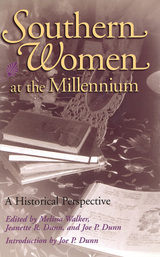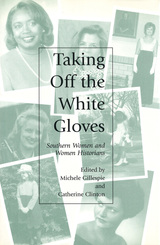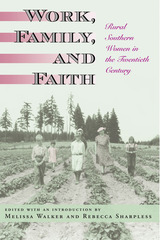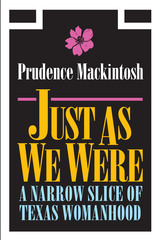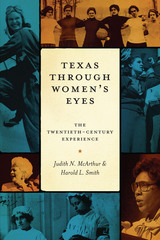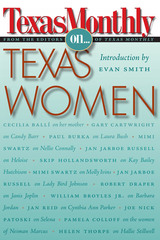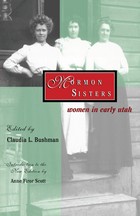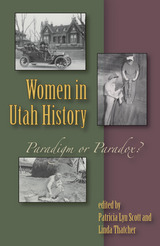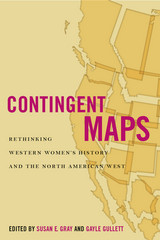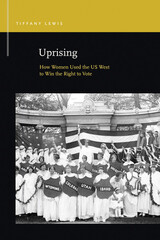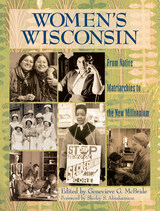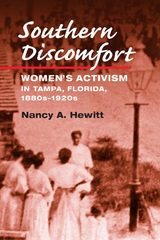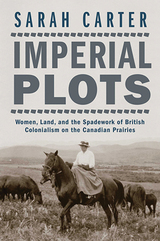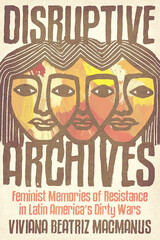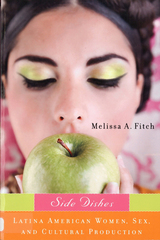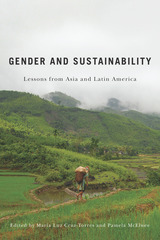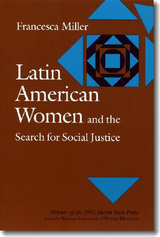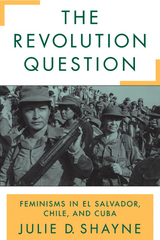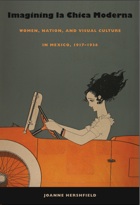Uprising: How Women Used the US West to Win the Right to Vote
Michigan State University Press, 2021
eISBN: 978-1-60917-657-0 | Paper: 978-1-61186-382-6
Library of Congress Classification HQ1438.W45L49 2021
Dewey Decimal Classification 305.40978
eISBN: 978-1-60917-657-0 | Paper: 978-1-61186-382-6
Library of Congress Classification HQ1438.W45L49 2021
Dewey Decimal Classification 305.40978
ABOUT THIS BOOK | AUTHOR BIOGRAPHY | REVIEWS | TOC | REQUEST ACCESSIBLE FILE
ABOUT THIS BOOK
Decades before white women won the right to vote throughout the United States, they first secured that right in its Western region—beginning in Wyoming in 1869. Many scholars have studied why and how the Western states enfranchised women before the Eastern ones; this book instead examines the influence of the West on the national US suffrage movement. As the campaign for woman suffrage intensified, US suffragists often invoked the West in their verbal, visual, and embodied advocacy. In deploying this region as a persuasive resource, they challenged the traditional meanings of the West and East, thus gaining additional persuasive strategies. Tiffany Lewis’s analysis of the public discourse, images, and performances of suffragists and their opponents shows that the West played a pivotal role in the successful campaign for white women’s enfranchisement that culminated in 1920. In addition to offering a history of this political movement’s rhetorical strategy, Lewis illustrates the usefulness of region in protest—the way social movements can tactically employ region to motivate social change.
See other books on: Rhetoric | Sex role | Suffrage | Uprising | West (U.S.)
See other titles from Michigan State University Press
